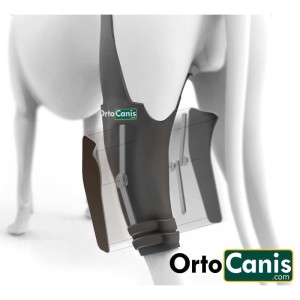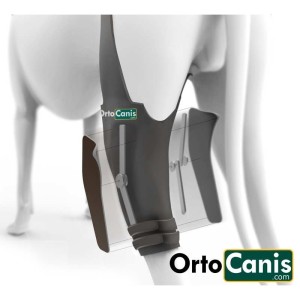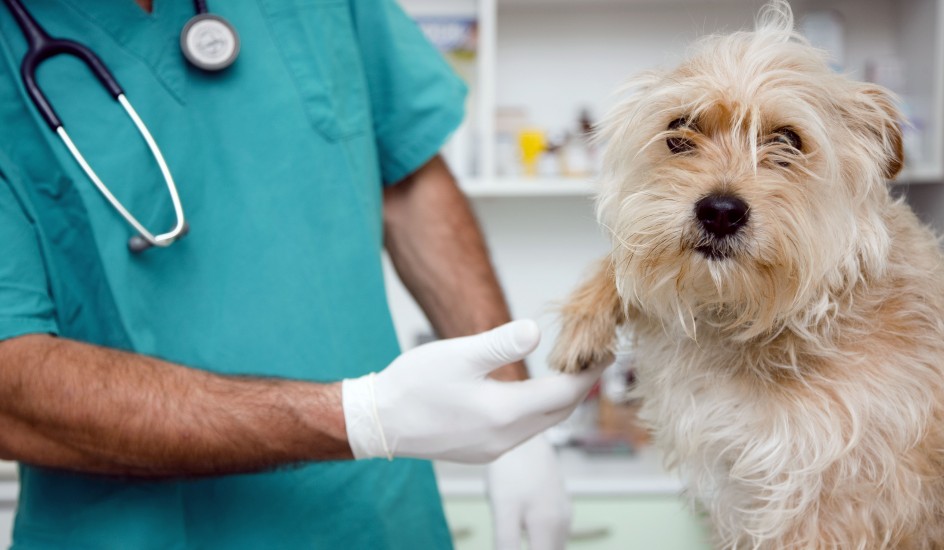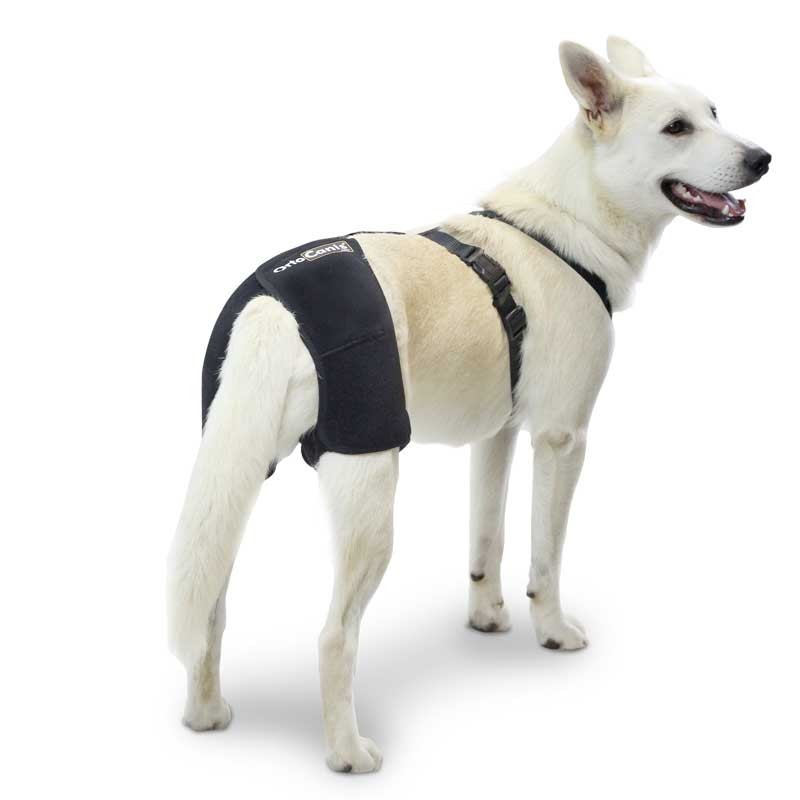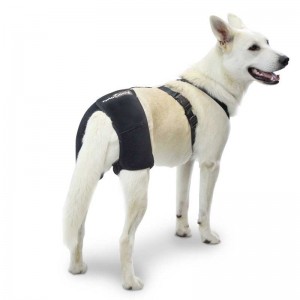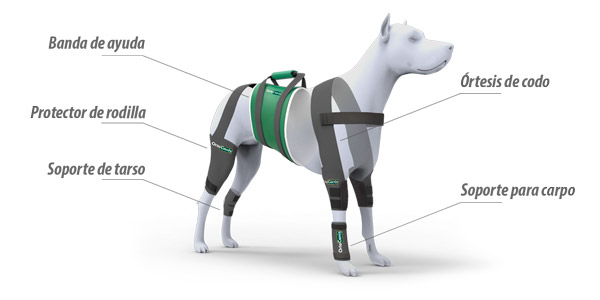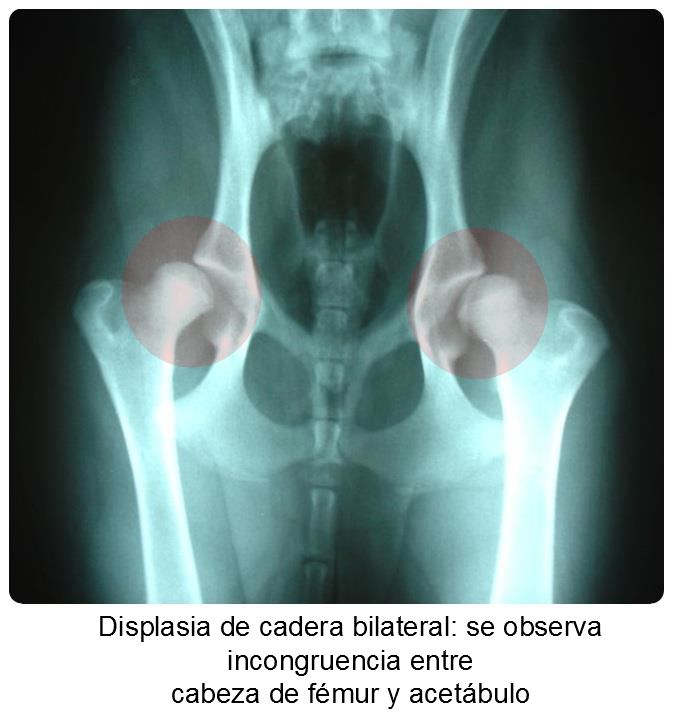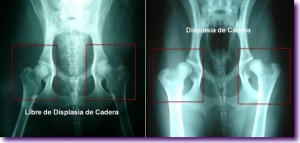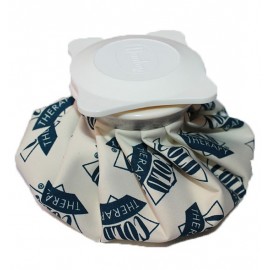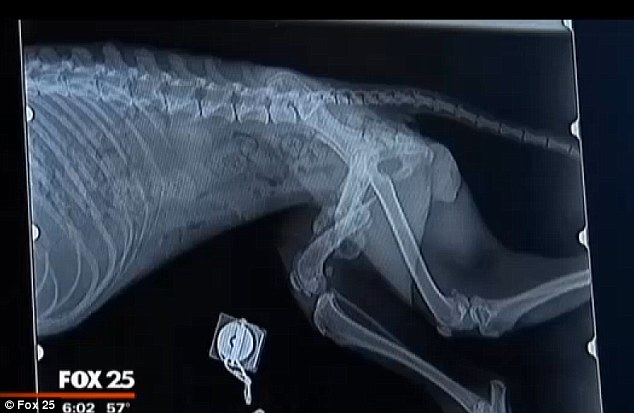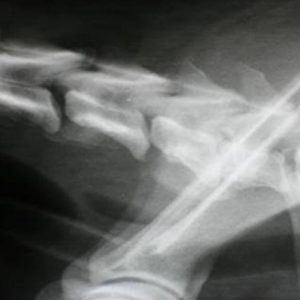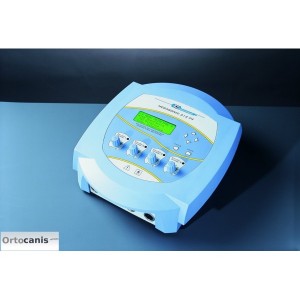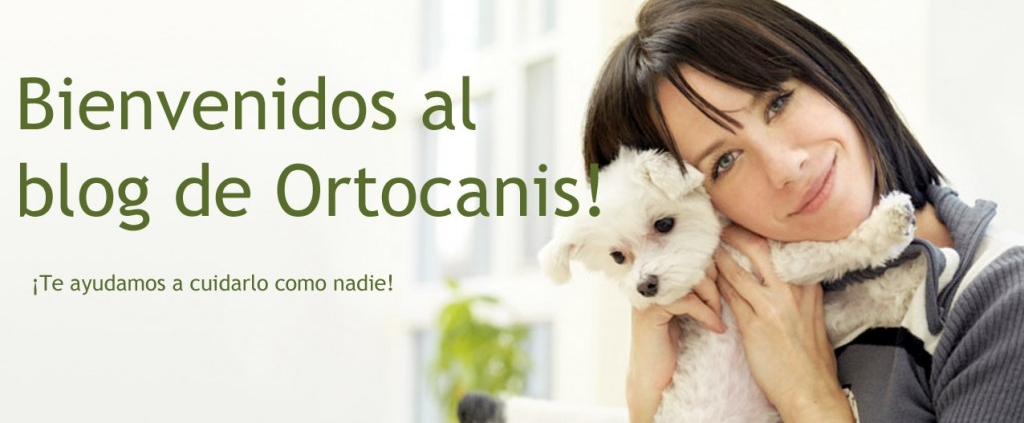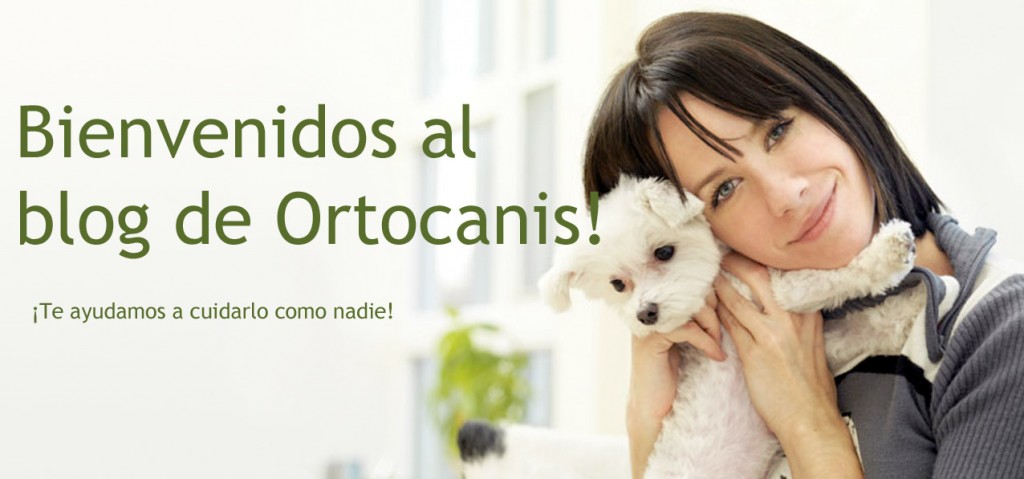There is talk of patellar dislocation in dogs, when the patella, a small bone located in front of the knee joint and whose correct position is necessary for a good functioning of the animal’s limb, gets out of its place, trochlea, causing functional pain and weakness in the dog.
Within the dislocations, the medial dislocation is the most frequent. It arises in 80% of cases while the lateral only occurs in 20%. Between 30% and 50% of cases are bilateral and more frequent in females than in males, especially small breeds and toys.
Lateral dislocations can occur in adult small breeds and in large and giant breed puppies.
It is a pathology that is characterized by a poor alignment of the limb, deformations occur during the development of the animal, which cause the patella to come out of its place. It may be due to a congenital disease or, in some cases, caused by trauma.
It is convenient that dogs suffering from this congenital pathology are not used in reproduction since it is transmitted through generations.
There are dogs that have patella luxation due to trauma. In these cases, the dislocation is generally associated with a rupture of the anterior cruciate ligament of the knee.
Depending on the clinical signs and later on the radiological results, dislocations can be classified into 4 degrees:
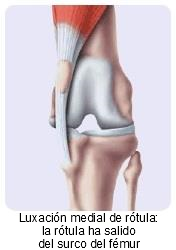 Grade I – Intermittent patellar dislocation causing limb lameness when out of place. In the dynamic test, every three or four steps they raise their leg by flexing the knee or they take a little jump.
Grade I – Intermittent patellar dislocation causing limb lameness when out of place. In the dynamic test, every three or four steps they raise their leg by flexing the knee or they take a little jump.
Grade II – Dislocation that occurs more frequently than Grade I. The patella dislocates easily. There is a slight external rotation of the leg. Many dogs live with this grade for years before progressive arthritis manifests as lameness or more serious causes.
Grade III and IV – The patella is permanently dislocated, with very noticeable external rotation of the leg. There is moderate lameness. If it is bilateral, dogs walk with bowed legs, turning the feet inward and bearing weight on the forelimbs. In the most severe cases, it can be confused with hip problems.
In addition, the animal presents pain, crepitus and increased sensitivity in the knee, which leads to it reducing its activity, even refusing to go up and down stairs, the car or the sofa.
Treatment depends on the degree of dislocation and lameness, but in most cases surgical treatment consisting of soft tissue repair, bone reconstruction, or a combination of the two is required. There are infinite techniques and the orthopedic veterinarian chooses the most suitable one(s) in each case.
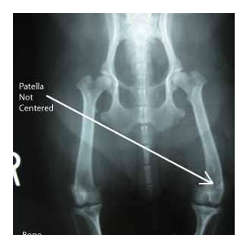
Among the most used techniques we find: Overlay of the medial or lateral retinaculum, overlay of the fascia lata, anti-rotational suture of the patellar and tibial ligaments, desmotomy/capsulectomy, quadriceps release, trochleoplasty (trochlear chondroplasty, sulcoplasty resection, trochlear sulcoplasty), transposition of the tibial tuberosity, patellectomy, osteotomy…
As a novelty, orthoses are being applied for knee dislocation as a means of conservative orthopedic treatment that allows the patella to be kept within the femoral condyles and avoid pain and instability. These orthoses are made to measure and are very useful in cases where surgery has failed, you cannot or do not want to operate for different reasons.
Marta Subirats & Toni Ramon
animal physiotherapists
Ortocanis technical team


